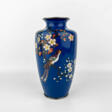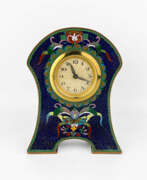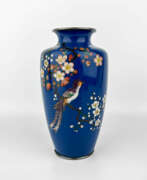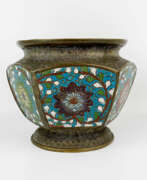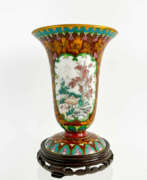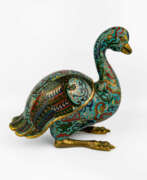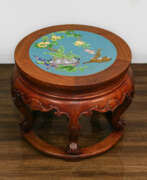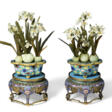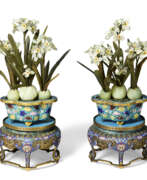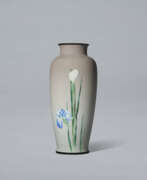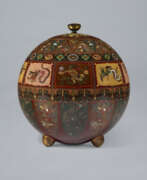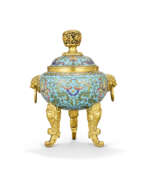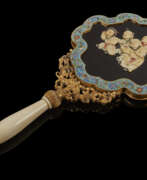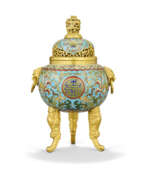Cloisonne
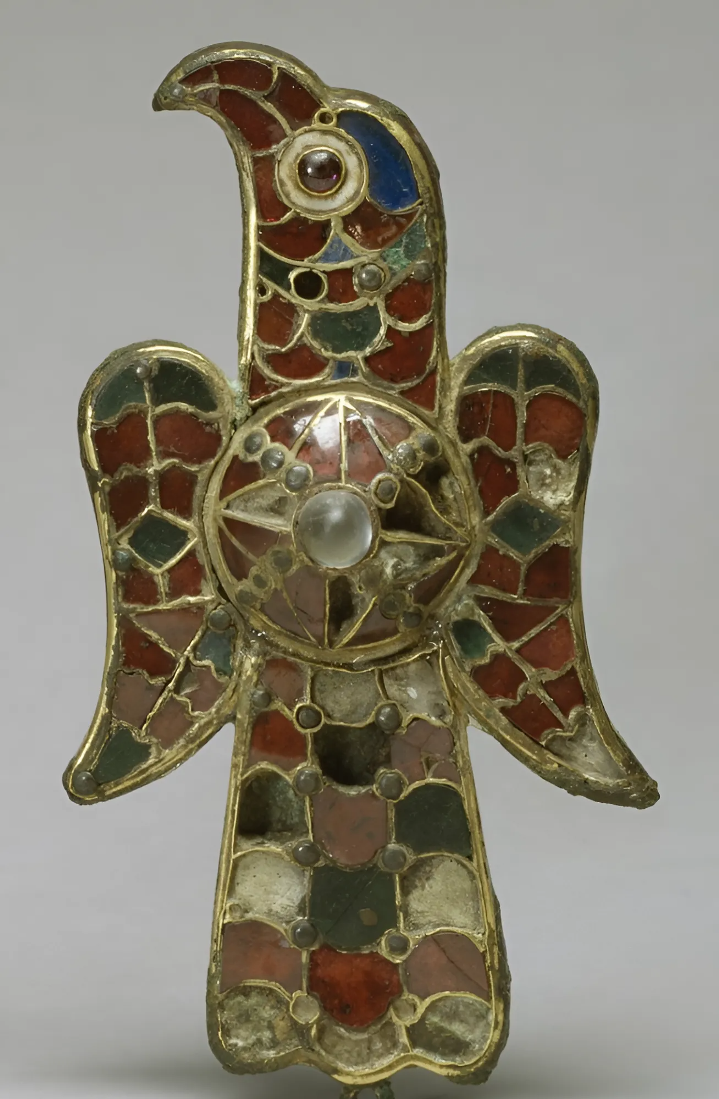
Cloisonne
Cloisonné is a decorative art technique that originated in the Near East and spread to China and Japan. It involves creating intricate designs on metal objects by soldering thin metal wires to form partitions (cloisons) and filling them with colored enamel. These objects are then fired in a kiln, polished, and often gilded, resulting in vibrant and detailed artworks.
This technique reached its pinnacle in China during the Ming Dynasty (1368-1644), particularly under the reign of the Jingtai Emperor, where it became known as "Jingtailan" or "Jingtai blue" due to the prevalent use of blue enamel. Chinese cloisonné pieces from this era are highly valued for their craftsmanship and beauty. The art continued to evolve and was widely produced during the Qing Dynasty, albeit with some decline in quality.
In Japan, cloisonné gained prominence in the 19th century, with artists like Kaji Tsunekichi pioneering new techniques and styles. Japanese cloisonné is known for its detailed and often representational designs, with innovations such as the moriage technique, which creates a three-dimensional effect, and plique-à-jour, a translucent enamel technique.
Today, cloisonné remains a popular art form, with modern artisans continuing to produce beautiful pieces that are treasured by collectors worldwide. Museums such as the Metropolitan Museum of Art and the Victoria and Albert Museum display historic cloisonné works, showcasing the technique's rich heritage and enduring appeal.
For updates on new cloisonné pieces and auction events, sign up for our newsletter and stay informed about the latest in this exquisite art form.
| Country: | Asia, Byzantine Empire, Europe |
|---|---|
| Start of the period: | X century |
